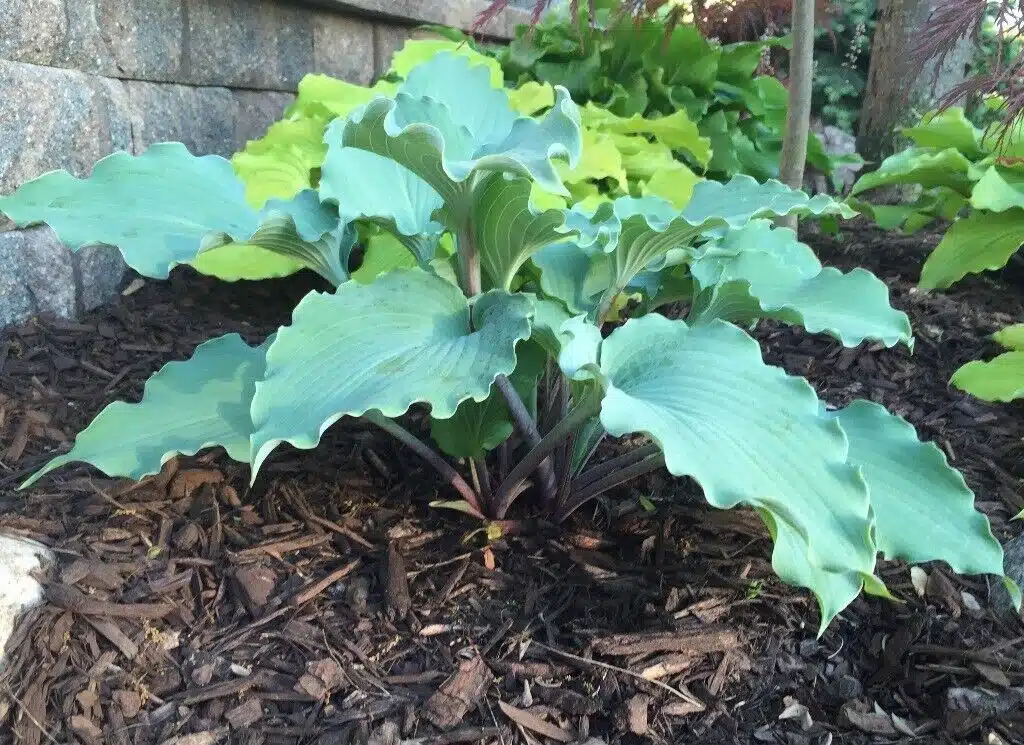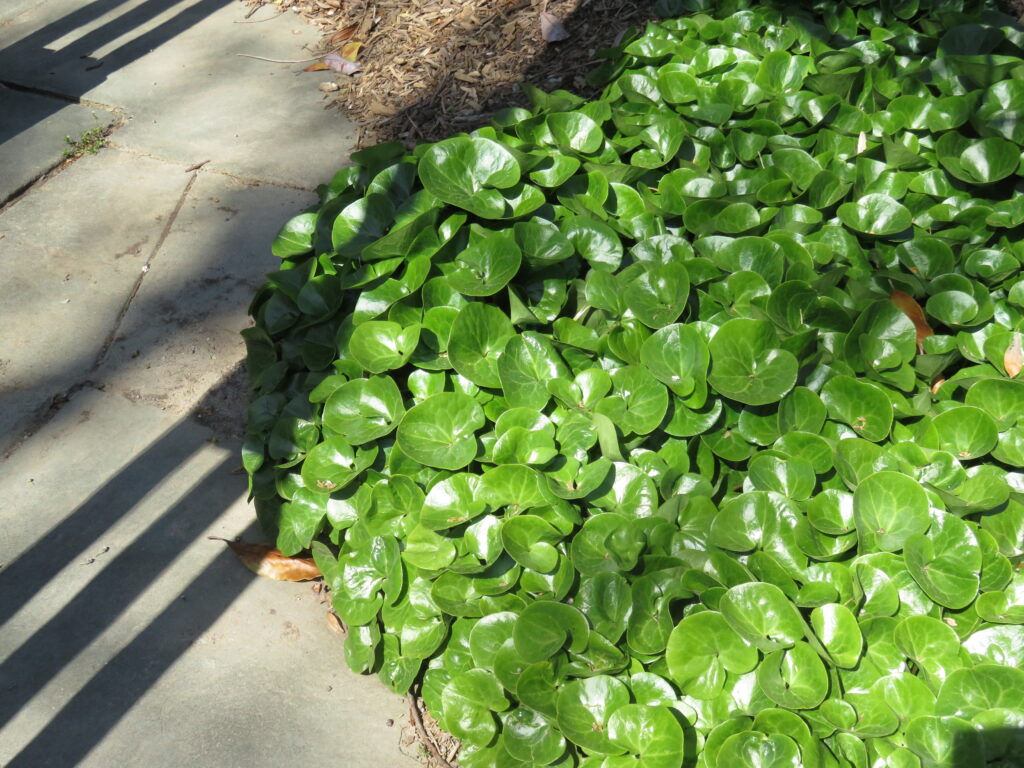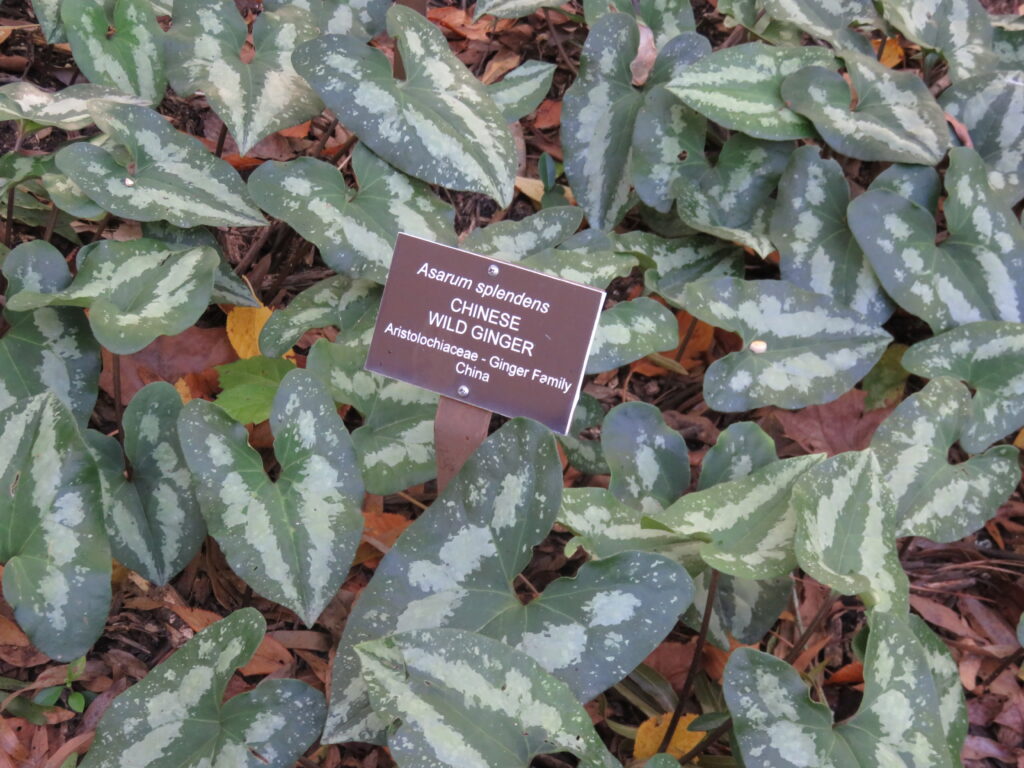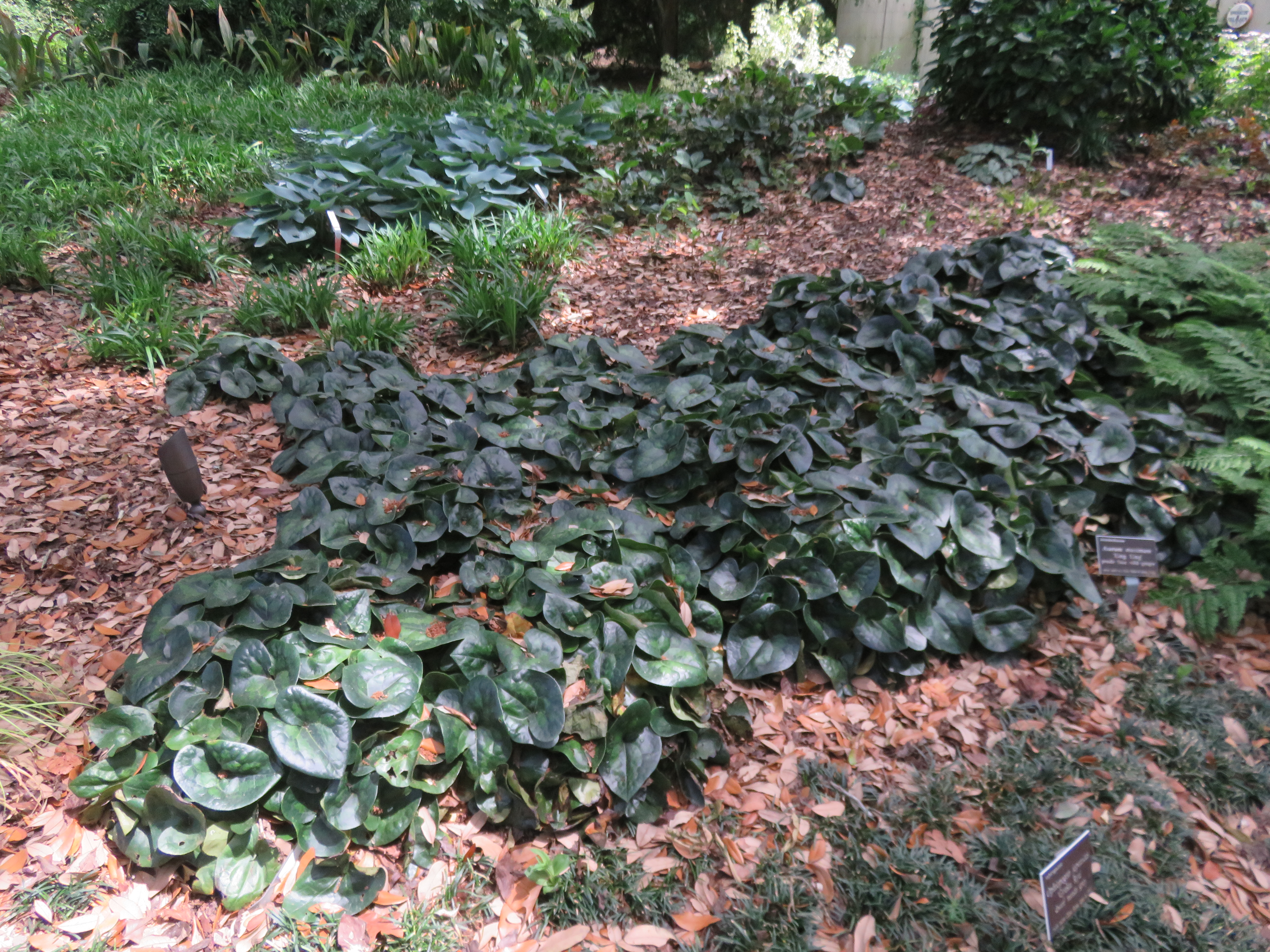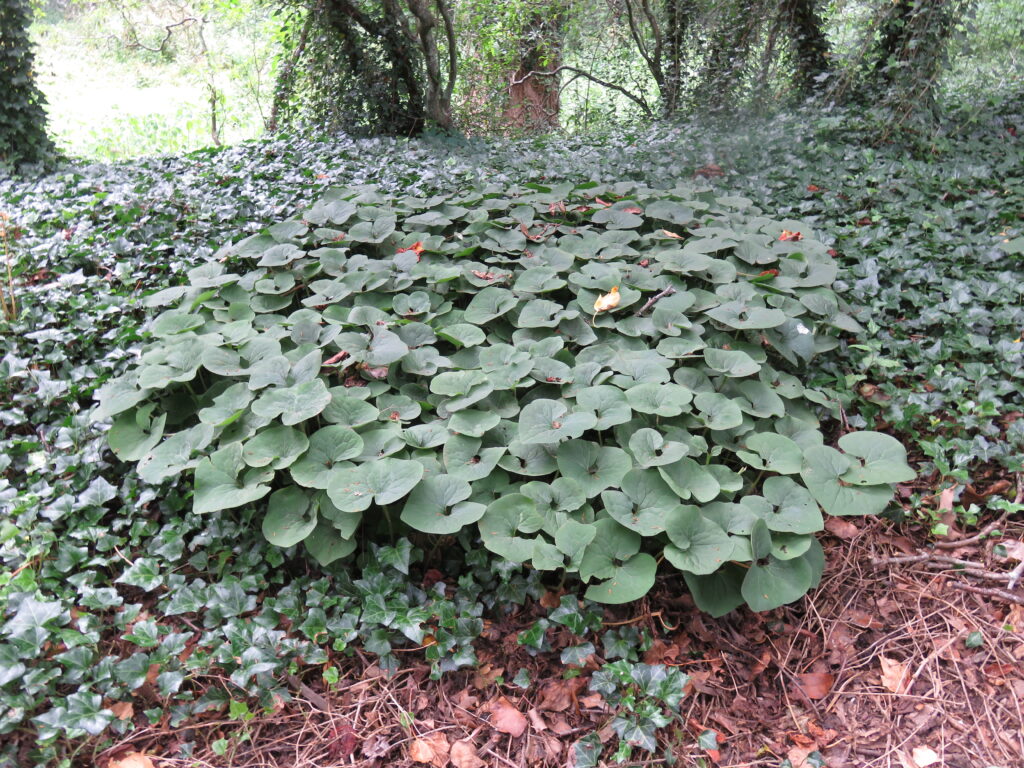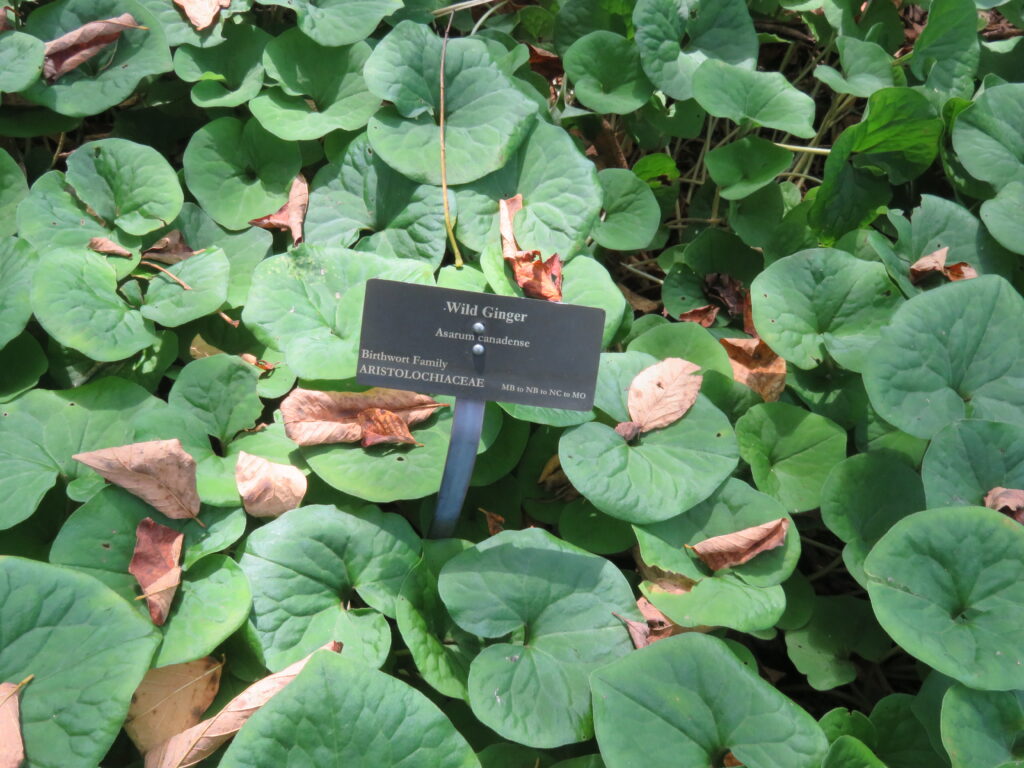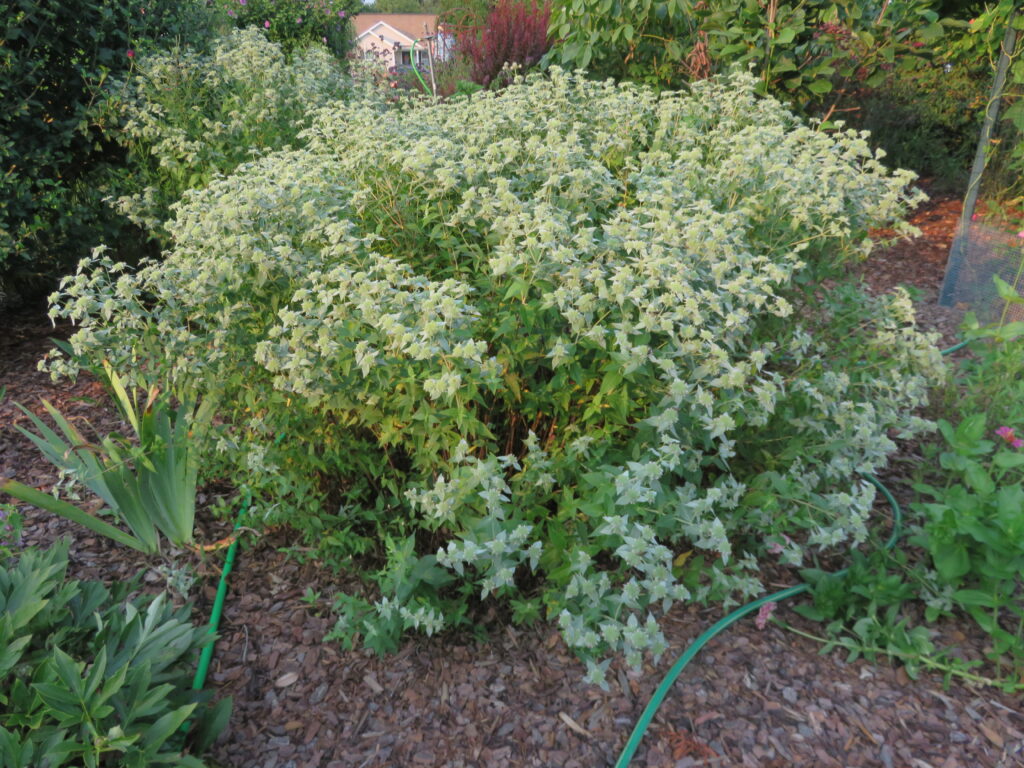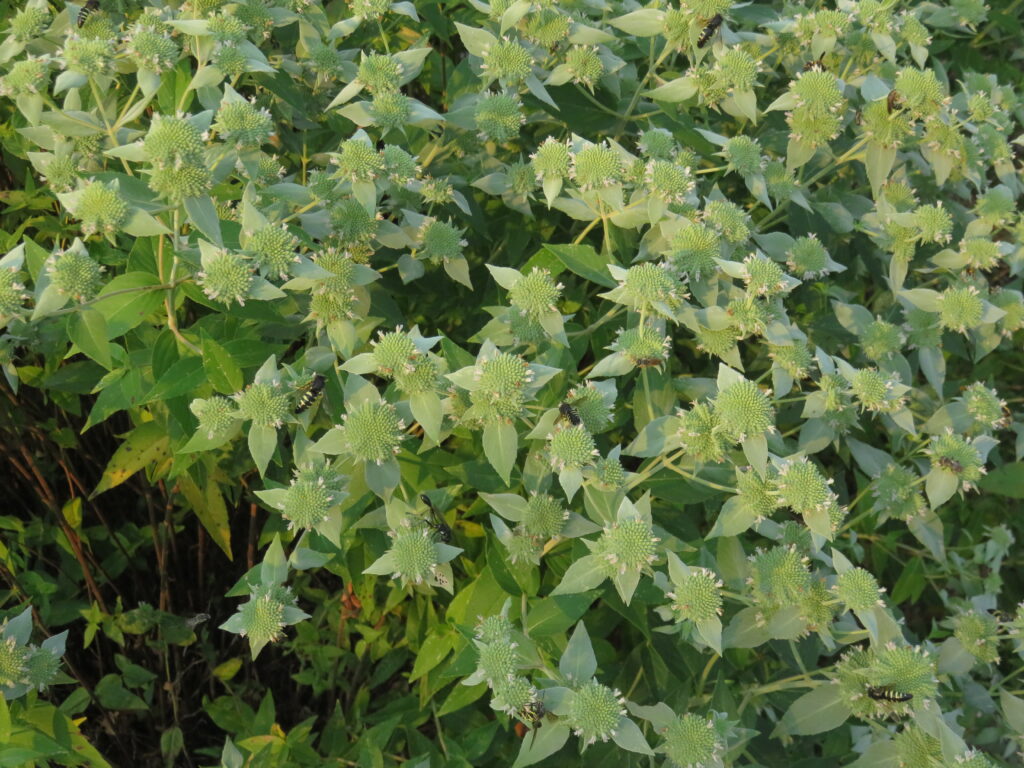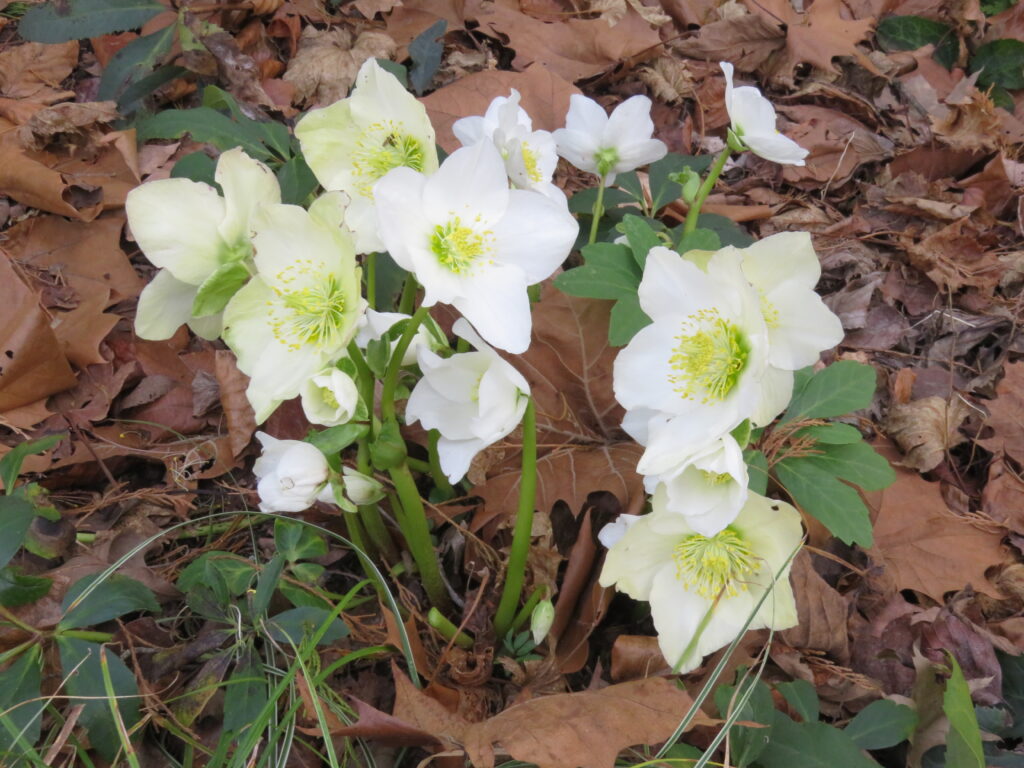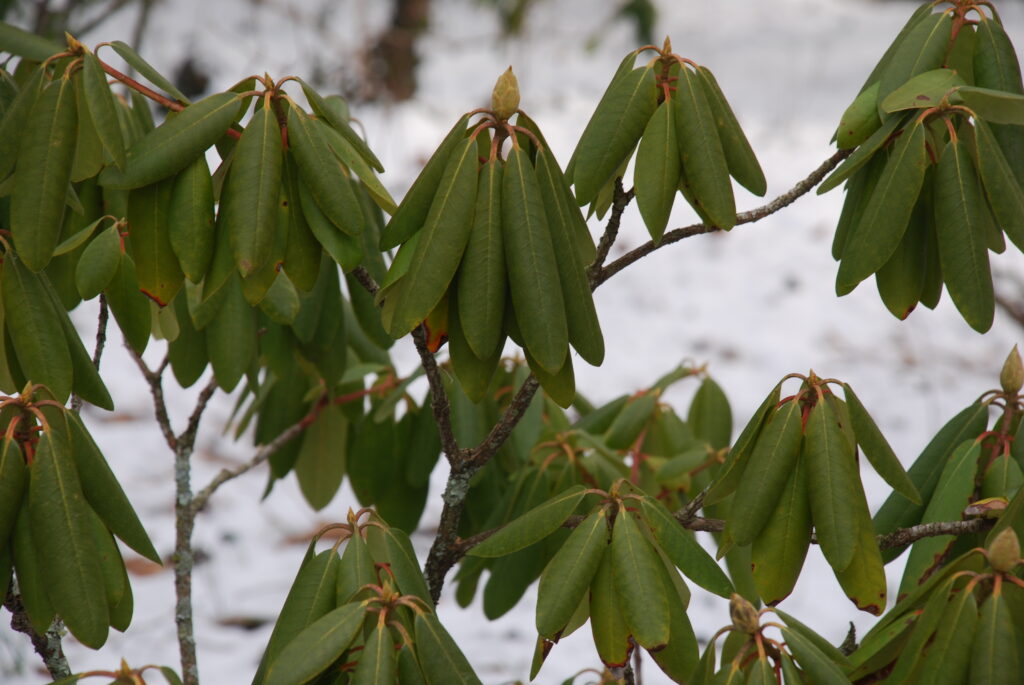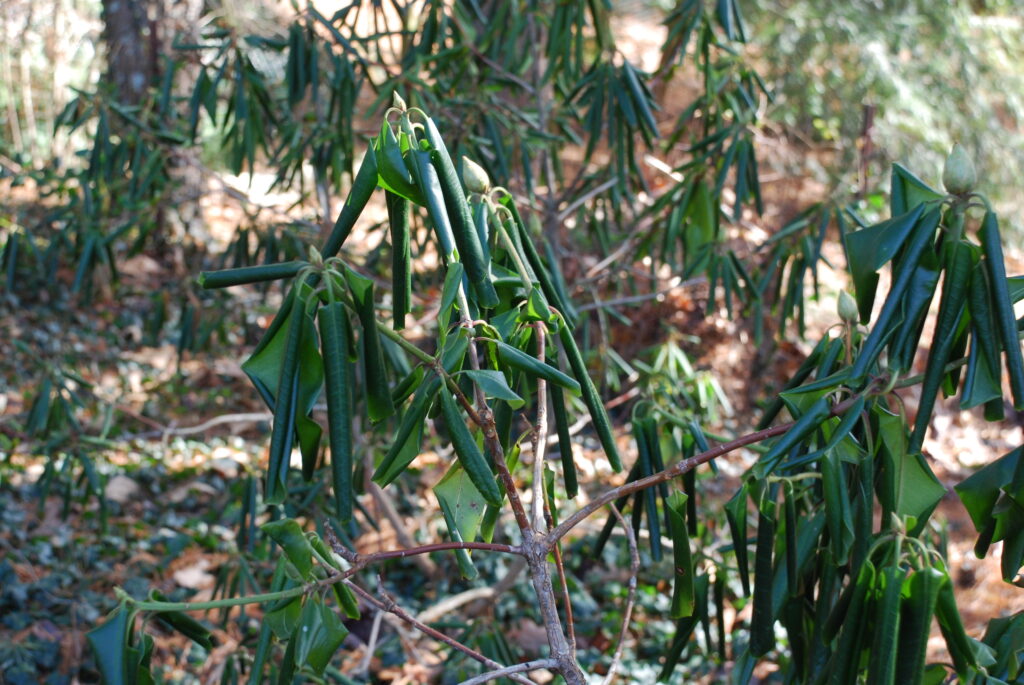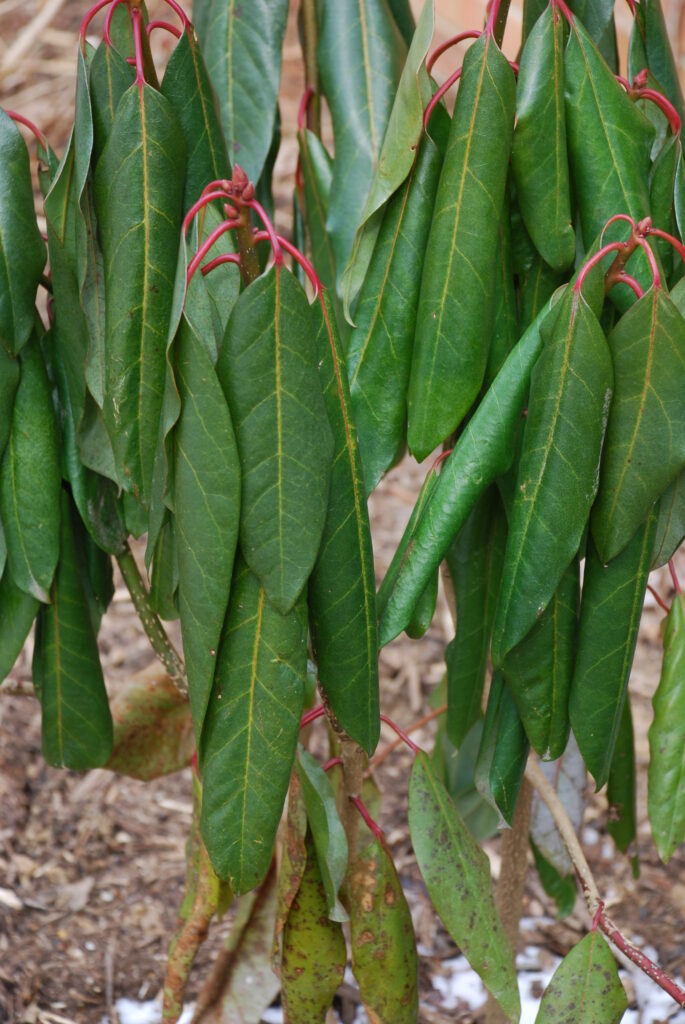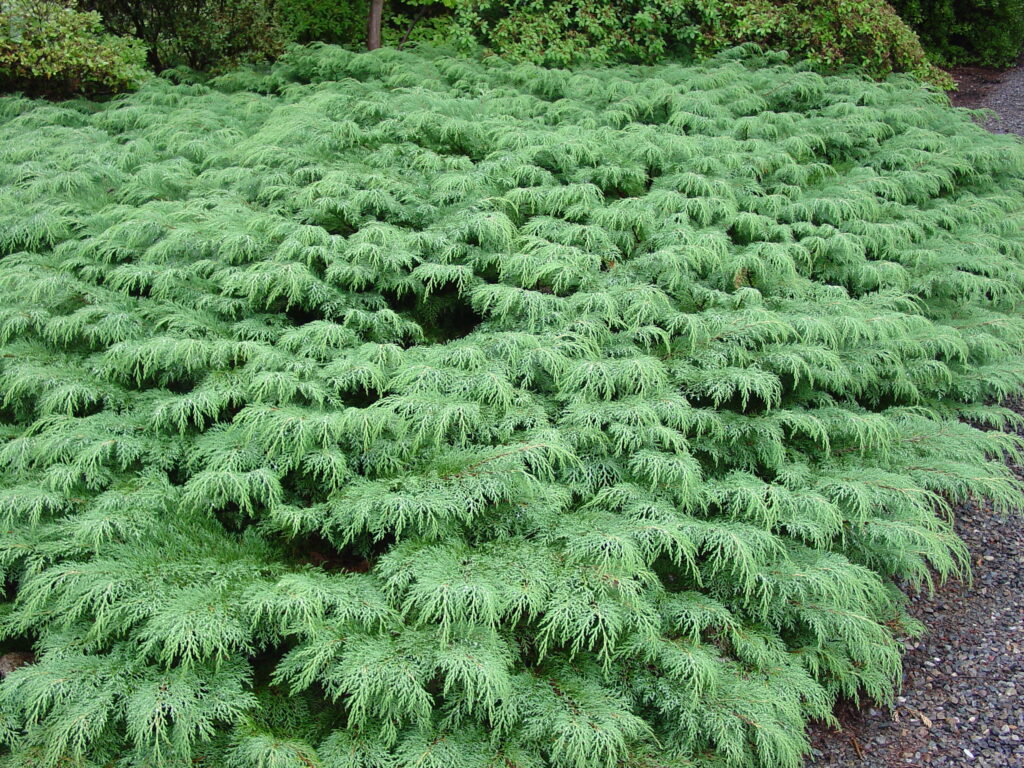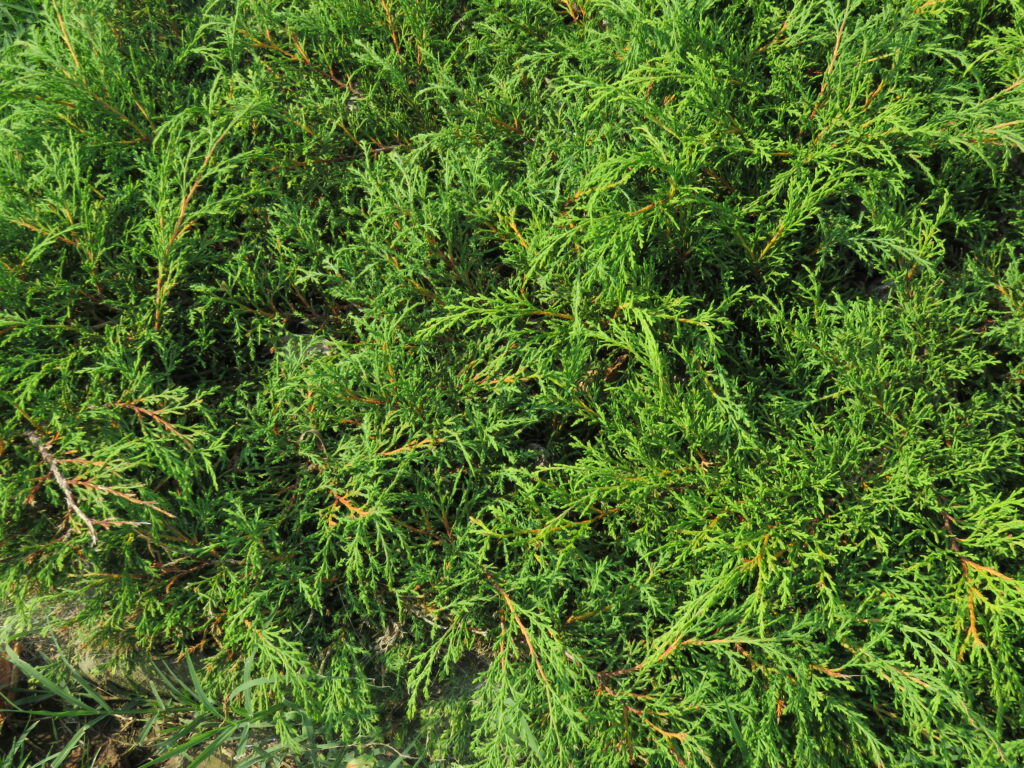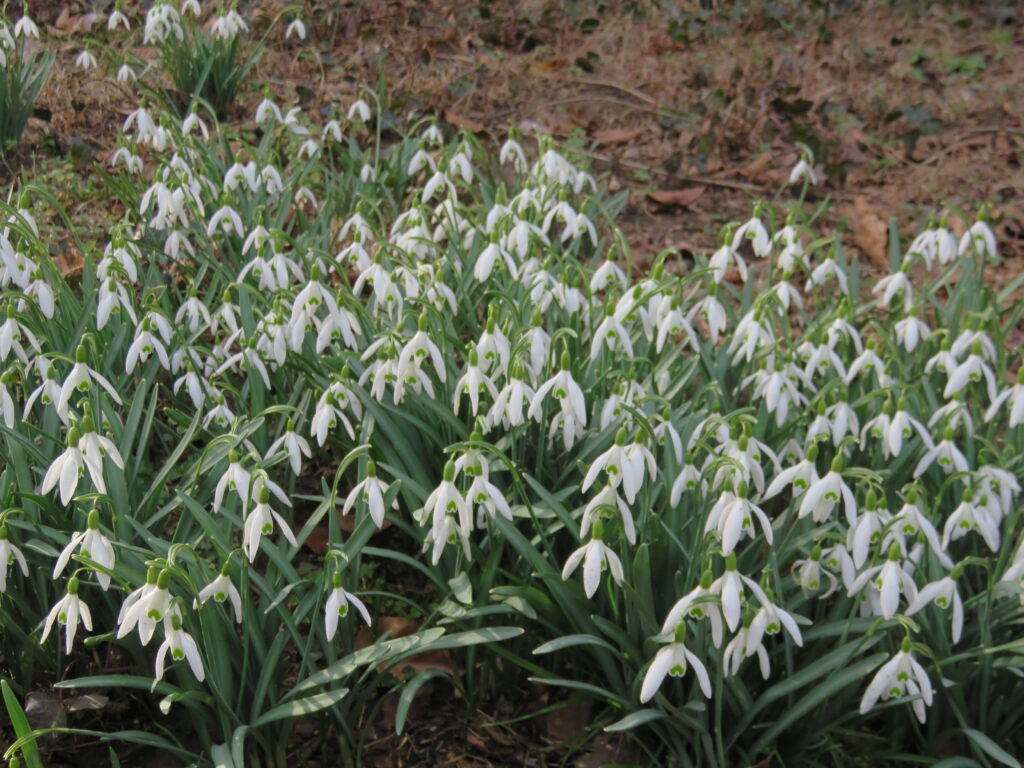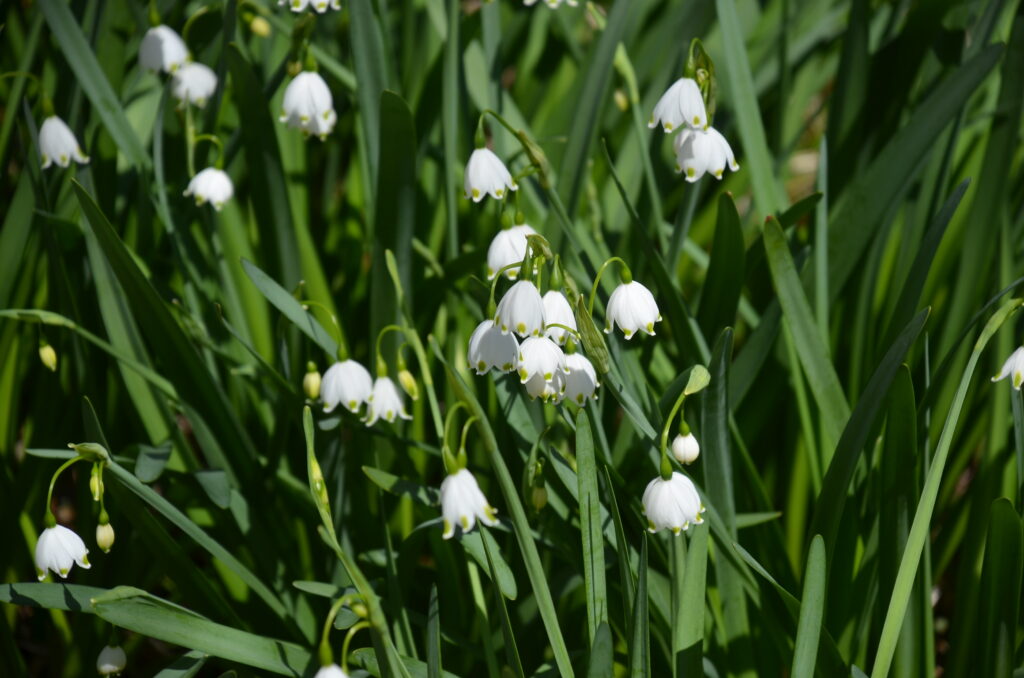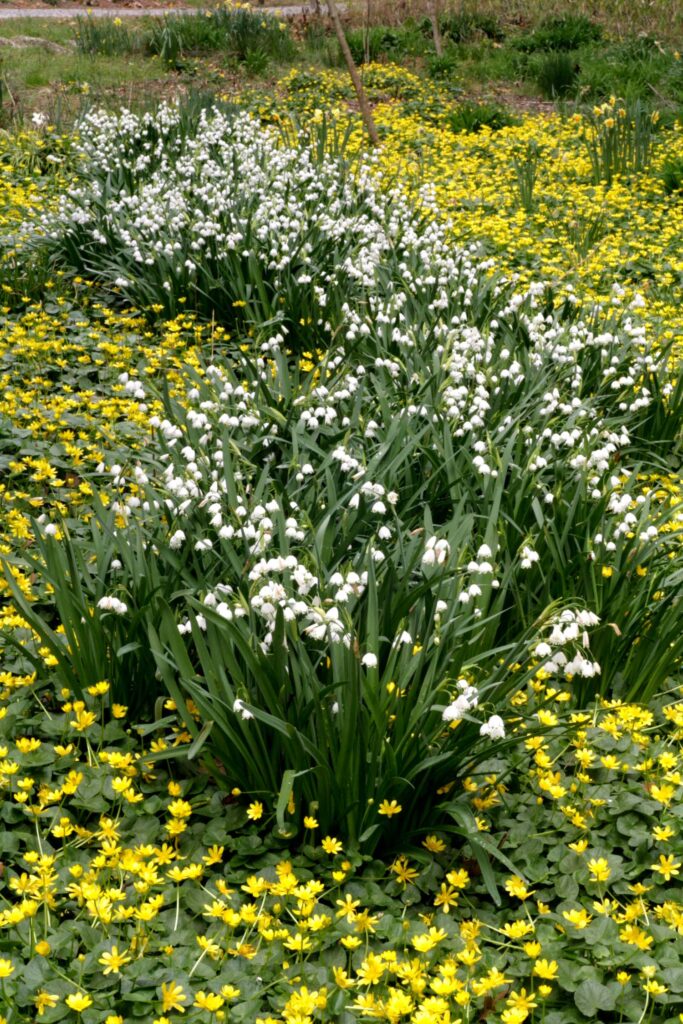Slipper orchids (Paphiopedilum spp.) are a type of terrestrial orchid known for their pouch-shaped petals that resemble a dainty slipper. Paphs are low light tropicals. Unlike epiphytic orchids, which grow in trees in the humid tropics, these orchids grow on the floor of forests in their native Southeastern Asia.

Paphs are relatively easy to grow indoors as houseplants and thrive with high humidity, medium indirect light, and moist soil. According to the Atlanta Botanical Gardens, most slipper orchids like night temps between 58° and 62°F. and daytime temps between 70° to 85°F and like moderately humid environments ranging anywhere from 40-70% humidity. Use a small room humidifier or set the plant(s) atop a tray filled with moistened pebbles. Never leave the pot sitting in water.
Paphs should be place with medium indirect light. Indirect light from an east-facing window is ideal. You can also put your paphs near a south-facing or west-facing window as long as they’re shaded by a sheer curtain. Plant in a fine fir bark/peat moss/perlite potting media, well-drained growing medium and water once or twice weekly. Use tepid, room temperature water). Paphs are not drought tolerant.
Fertilize with a balanced orchid fertilizer after each watering. Diluted to one-quarter strength fertilizer once weekly. Once per month, flush the growing medium well by running water through the pot for 10-12 seconds to help wash away excess salts.
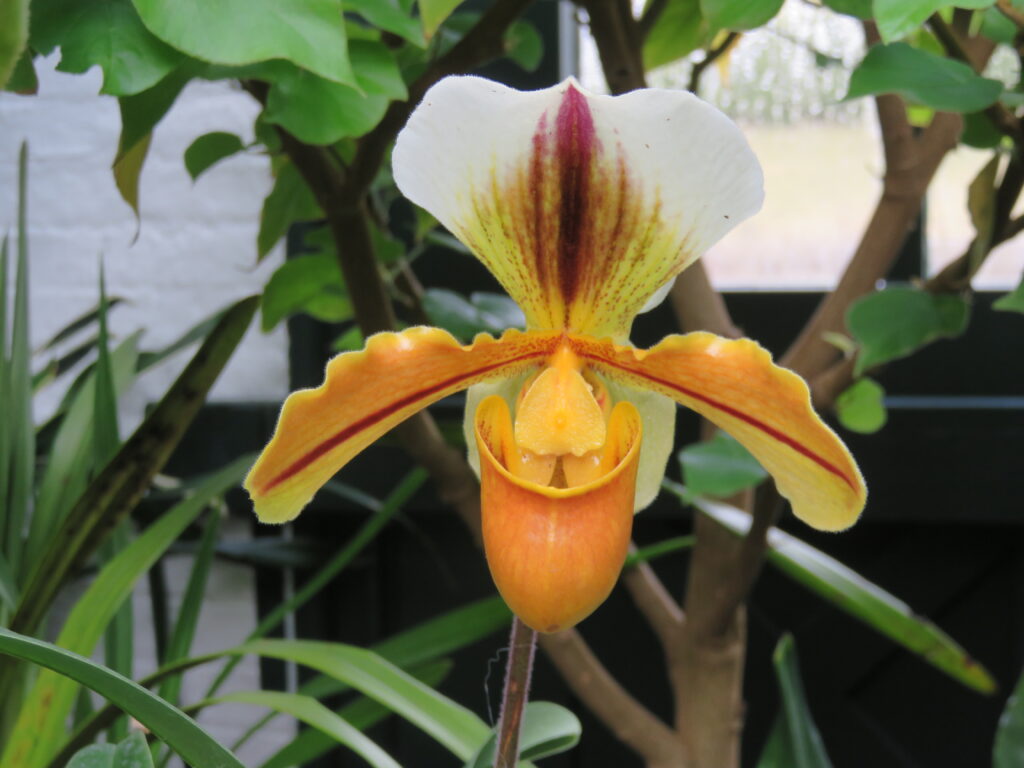
Lady slipper orchids typically bloom between fall and late winter, depending on the variety. There are several types of paphiopedilum orchids, including the mottled leaf paphs (called ‘Maudiae’ hybrids). They have light green leaves dotted with dark green splotches and bloom with one or two long-lasting flowers once annually. Maudiae prefer warm temperatures and require less light than other lady slipper types, making them easier to grow indoors.
Generally, repot paphs every 2 years, usually when plants are crowded and/or need dividing. New growth usually appears in spring—never during flowering. A good orchid mix contains fine fir bark, peat moss, and perlite. Paphs can be grown in plastic or clay pots. Utilize clean sharp pruners or shears. Once your plant has finished blooming, usually after 6-8 weeks, cut off the old floral spike down to the leaves. It should bloom again in about a year.
Paphs are susceptible to common houseplant pests, including mealybugs and scale. Overwatering plants can result in root rot and eventual death. Yellow leaves can be a symptom of overwatering.

